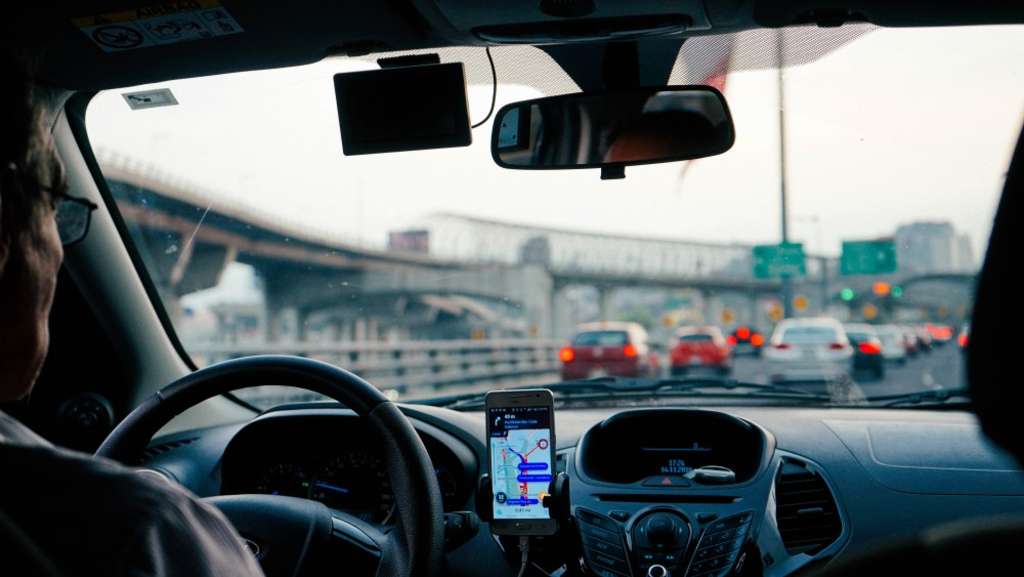Lost In Transition: How To Manage Change In Corporate Travel Programs



India, one of the world's fastest-growing economies, is a clear example. Debamitra Banerjee, Director of Strategic and Multinational Sales, India at CWT, says organizations - especially Indian multinationals - are moving toward more structured travel programs, consolidating their suppliers and strengthening their policies to ensure cost efficiencies, meet their duty of care obligations and maximize traveler convenience and productivity. "Travel is very fragmented in India, and organizations could have different partners for airline bookings, for hotels and for ground transportation. But there is a growing focus on moving toward a single structure for their program."
The maturation of Indian corporate travel includes increased use of self-booking tools, according to Anikesh Patel, CWT's Director of Customer Management for India, "but we might see mobile apps leapfrog over this technology, provided the tools are available".
Another unstoppable trend is the growth of the sharing economy. "Sharing economy providers are creating dedicated business travel teams and bespoke services so that they can gain penetration in the corporate market," he says. "At this stage, most corporates are trying to figure out how to exploit the opportunities presented by the sharing economy - whether that be by wide-scale adoption or just using certain types of services for specific categories of travelers."
Bharat Jain, CWT's Director of Global Supplier Management for India sees travel departments as the main drivers of change in policy areas, and notes that the path is generally easier with technology changes than with migrations from one supplier to another.
Patel observes that organizational culture plays a major role in determining how change is handled among clients. "Some organizations are centralized and autocratic and they can mandate new processes and systems. Others are more traveler-centric and have to use different methods to engage travelers - but overall, they are cautious and seek buy-in, so they don't move very quickly."
Patel cites the adoption of Uber as an example of the organizational and cultural minefield which travel managers have to navigate. "I've seen organizations where they are only allowing male employees to use Uber. Others restrict the use to certain times of the day. Similarly, with Airbnb, we are not seeing wholesale adoption, but rather limited use for specific staff categories, destinations or stay durations," he explains.
 Market Sharing: The sharing economy can be a cultural and organizational minefield. — Photo by CWT
Market Sharing: The sharing economy can be a cultural and organizational minefield. — Photo by CWT
Internal resources also influence the speed of adoption, according to Banerjee, who notes significant differences between organizations with dedicated travel teams and those where travel forms part of the broader administrative process. "But we are seeing the increasing development of travel verticals, with a sourcing team and ongoing program management resources."
"Our focus at CWT is on providing the tools and processes to simplify travel, but also to put the traveler at the center of engagement," says Patel. This traveler focus plays a key role in ensuring policy adoption and assists with changes. "Travelers are far more open to change when they see the benefits," he explains.
CWT assisted a large Indian corporation to implement online self-booking. "In the space of a year, they moved from zero online bookings to 40% adoption," says Patel.
The adoption was assisted through a combination of education and communication.
"We used a range of roadshows and engagement sessions, we shared reports and kept them fully informed every step of the way and they used their internal communications to reinforce the benefits," he explains."That engagement and communication kept the ball rolling and helped them through the challenges of change management."
One Indian information technology service and consulting company that has gone through significant changes, underestimated the communication required to drive change."Awareness regarding the launch was lower than expected," explains the company's head of procurement for global travel and lodging. In retrospect, he would have broadened the communication to reach a larger user group.
The IT multinational, which consolidated its global TMC partners and introduced self-booking technology, attributes the overall success of the travel program update to vigorous user acceptance testing, communication through teasers, Webex and face-to-face meetings with function leads.
Poor communication and a lack of an adequate support system were the most common sources of failure, according to a snap poll of CWT clients. And poor communication was also identified as a major change hurdle between organizations and their suppliers.
The client poll also revealed that committee-based decision-making was the most commonly employed approach to travel program change.
1. Know your travelers: Understand how your current program works by seeking feedback from all the stakeholders. It's important to understand their readiness for change and to pace your efforts accordingly.
2. See what others are doing: Use your networks and the insights of partners like travel management companies to gain an understanding of what is possible and how others have adopted new practices and technologies.
3. Have a plan: Just as you would need a map to plan a trip, the adoption of a new policy needs to be planned, with detailed steps to guide the process.
4. Change takes time: Most organizations underestimate the time and effort required to change travel policies. Rather than rushing in, organizations are advised to look carefully at the resources required to drive change and to set realistic timelines.
 People First: A travel policy should apply to everyone. — Photo by CWT
People First: A travel policy should apply to everyone. — Photo by CWT
5. It's everyone's business: A travel policy should apply to everyone, including top executives, and the management team should lead by example.
6. Identify internal influencers: Organizations can drive change more easily when they identify staff members who can act as catalysts and motivate their peers.
7. Carrot or stick: depending on your organizational culture, you may have to mandate the new policy and enforce it or seek the buy-in of all your stakeholders.
8. Communication is key: The benefits of any change need to be clearly explained to all stakeholders. This requirement is often overlooked, but unless travelers understand the need for change and the advantages it will bring, they may not embrace the new ways.
9. Use your data: Travel is awash with data, but to maximize the benefits, travel departments need to analyze the data with a view to improving processes.
10. Don't 'set and forget': The travel environment is dynamic and what works today might not get you through tomorrow. So, it's important to understand that change is an ongoing process - and travel departments need to constantly monitor the travel experience to ensure that the policy is keeping pace with reality.
Sales & Marketing Information Technology Business Travel Short Term Rental (STR)
40 avenue Pierre Lefaucheux
Boulogne Billancourt Cedex92772
France
Phone: +33 (0)1 41 33 65 00
www.mycwt.com